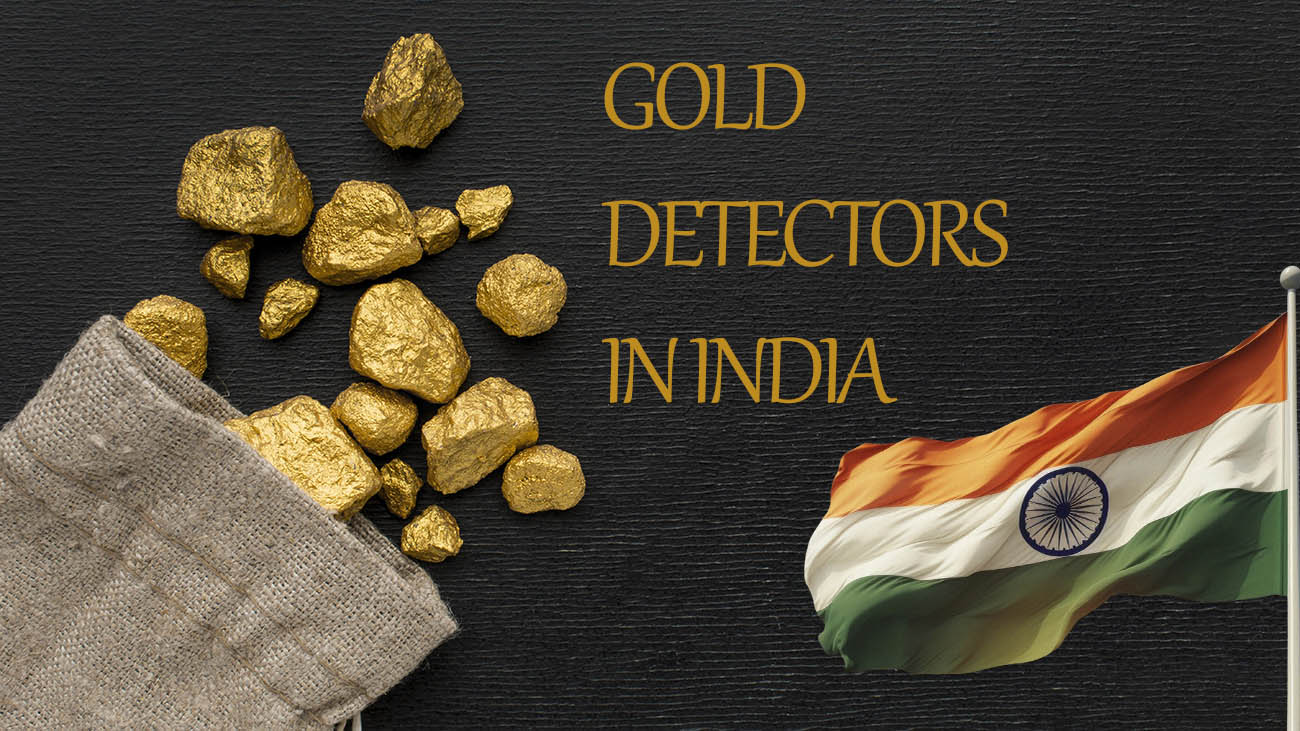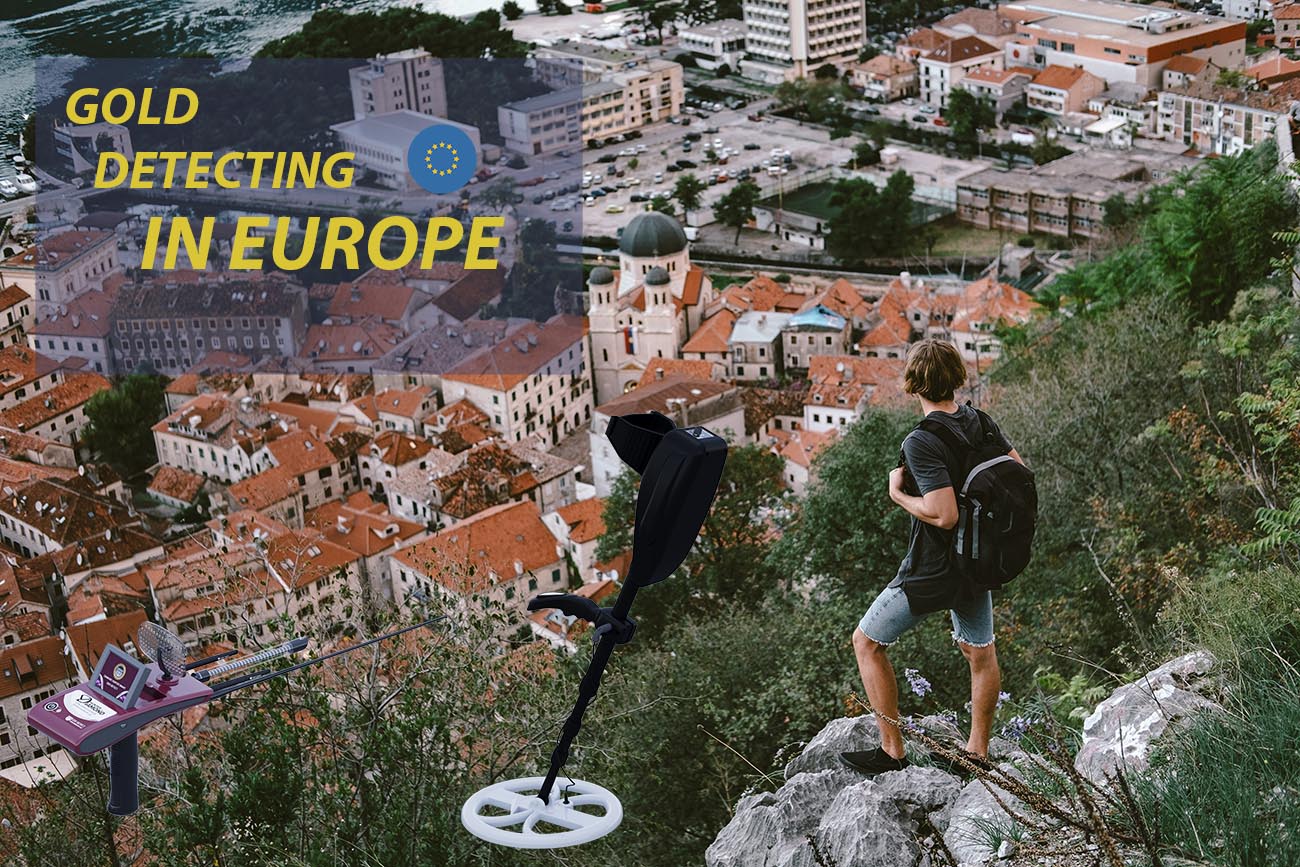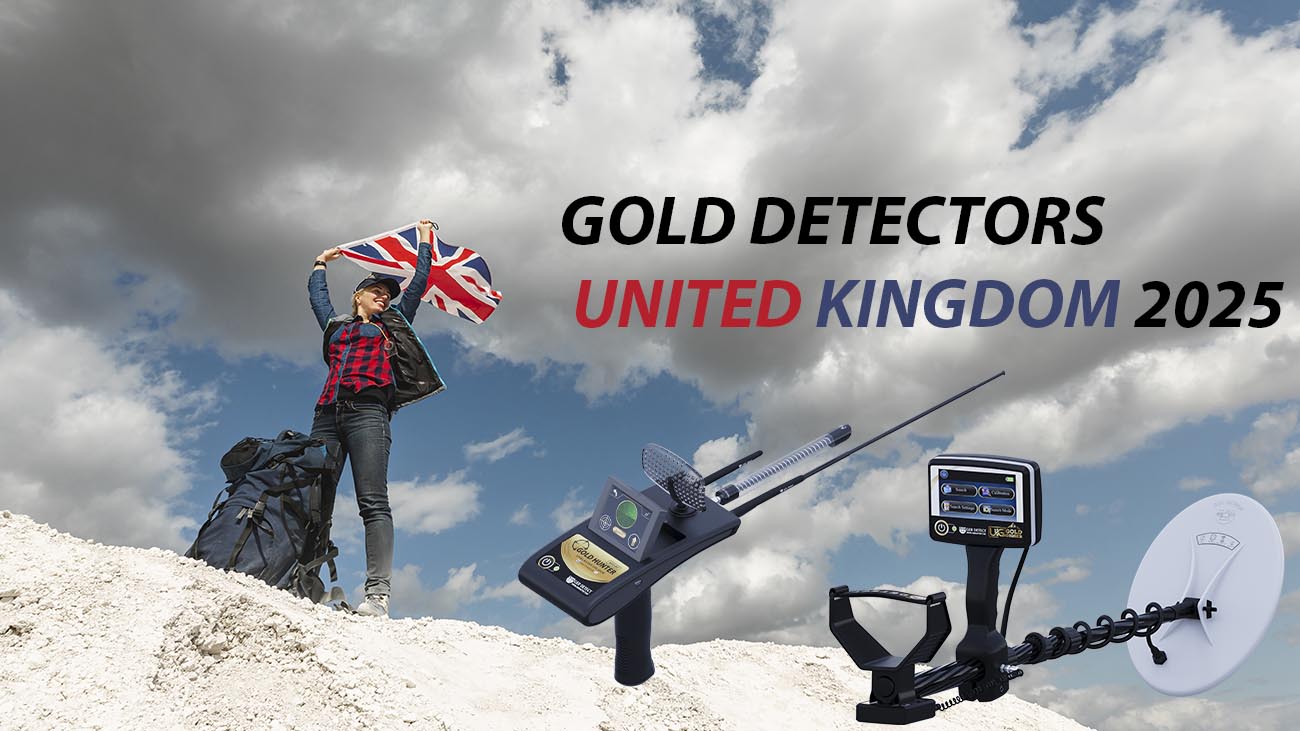Blogs
Metal detectors in Canada
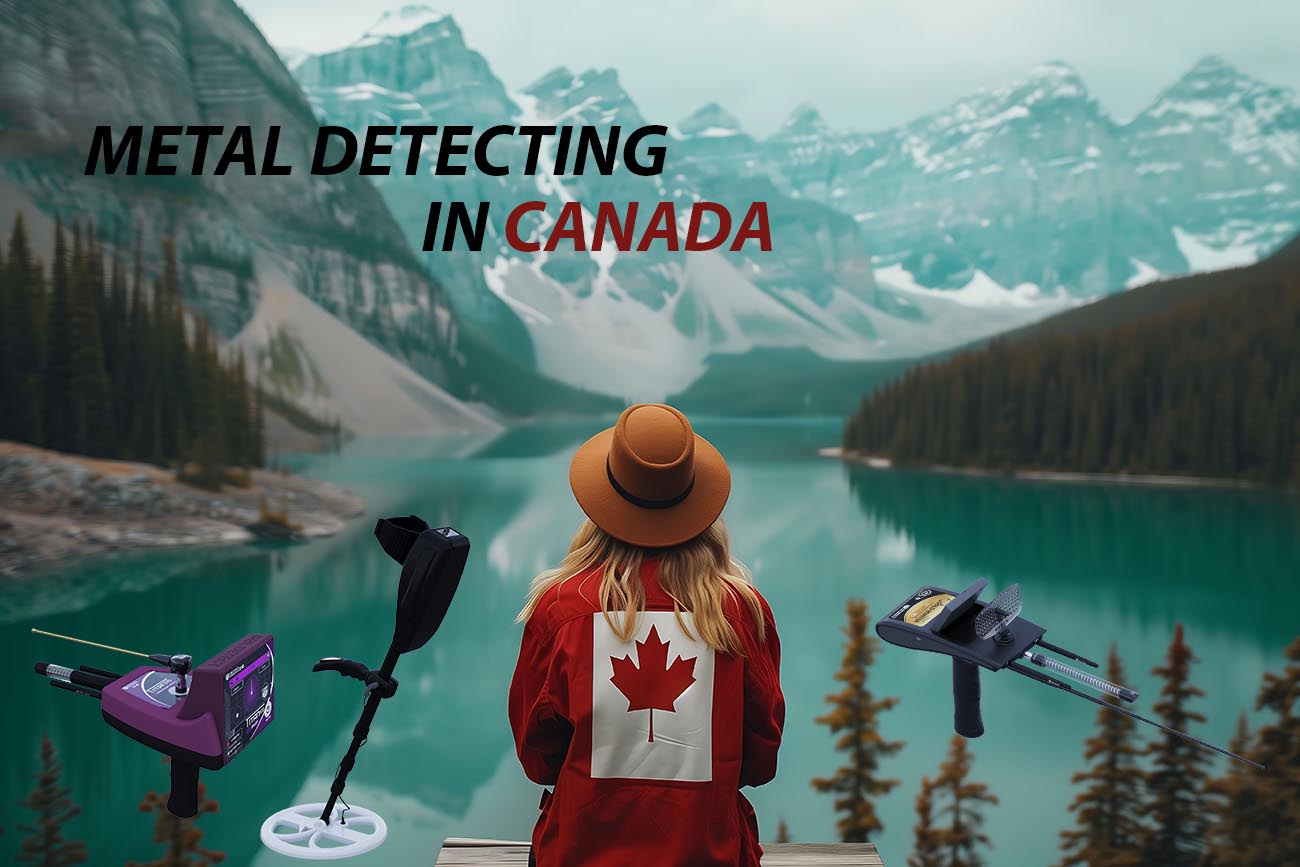
Table of Contents
Metal detectors in Canada
Canada, renowned for its breathtaking landscapes and abundant natural resources, presents a unique and rewarding challenge for treasure hunters, relic hunters, and coin alike. While the allure of discovering gold nuggets, silver coins, lost jewelry, and other valuable relics is undeniable, the realities of this vast and diverse nation demand careful consideration. From the frigid grip of winter to the rugged beauty of its varied terrain, Canadian detecting requires specialized knowledge and adaptable techniques. This comprehensive guide will equip both seasoned pros and curious beginners with the insights they need to navigate the complexities of Canadian detecting, including:
- Understand Canada: Learn how to overcome obstacles like ground mineralization, electromagnetic interference (EMI), harsh weather conditions, and difficult terrain.
- Mastering Canadian Regulations: Understand land ownership laws, permitting requirements, ethical detecting practices, and historical preservation guidelines.
- Finding Your Treasure Trove: Discover the best locations for detecting in Canada, from historic sites and old mining towns to remote wilderness areas, beaches, and parks.
This guide will empower you to unlock the hidden treasures of Canada and embark on a successful and rewarding metal detecting adventure.”
Best Gold Detectors in Canada 2024:
UIG GOLD DIGGER device, gold, and precious metals detector

The UIG GOLD DIGGER device operates with seven search systems for detecting buried gold, raw gold, gold veins, hidde treasures, precious metals, gold, bronze, and silver coins underground.
After significant efforts, scientific research, and field trials conducted by UIG Detectors Company, we are excited to introduce our new, groundbreaking device-the world’s first for detecting underground gold, precious metals, and hidden treasures.
Through intensive practical experiments and numerous field tests worldwide, the UIG GOLD DIGGER device has proven its high efficiency.
The UIG GOLD DIGGER device boasts several advanced features that will transform beginners into professionals in prospecting, delivering optimal results.
The UIG Gold Digger device is versatile, precise, and the first of its kind globally for detecting buried gold, raw gold, precious metals, metal coins, and hidden treasures, operating in all natural conditions and terrains.
TITAN GER 1000 device for detecting precious metals and buried treasures

The TITAN GER–1000 is a multi-system device for searching for underground wealth.
It is a single device containing a complete search station with five different search systems.
GER Detect and UIG Detectors have incorporated all advanced technologies into this world’s first device.
The specifications and features of this device are the dream of all explorers and prospectors worldwide.
Our experts have developed the TITAN GER–1000 to solve all the problems faced by researchers who encounter significant challenges in excavation operations with traditional devices prevalent in the markets.
For the first time in the world of modern technology, one device operates with five different search systems.
The device can reach depths of 45 meters underground and has a front range of 2500 meters.
DEEP SEEKER device for detecting gold, metals, and treasures

Engineered by GER Detect and UIG Detectors, the DEEP SEEKER is tailored for gold enthusiasts, treasure hunters, and diamond seekers, adaptable to diverse terrains and challenging weather conditions.
It represents the culmination of advanced technologies, making it the dream device for explorers and prospectors worldwide.
Our experts developed the DEEP SEEKER to address challenges faced by researchers employing traditional devices prevalent in the market.
For the first time in modern technology, this single device functions with five distinct search systems, reaching depths of up to 40 meters underground and a front range of 3000 meters.
UIG WATCH Detector 3D Imaging System

UIG Watch is the first nanotechnology-powered invention patent
To detect precious metals, treasures, artifacts, tunnels, passages, caves, and voids underground, the UIG Watch integrates three detection and imaging systems in one machine.
We are pleased to present to you, for the first time in the world of modern nanotechnology, the first patent for the UIG Watch device, the smallest three-dimensional imaging device, utilizing the latest advanced technologies, weighing less than 85 grams only, making it easy to carry and conceal.
The UIG Watch detector operates to conduct exploration and search operations for precious metals, treasures, archaeological artifacts, passages, caves, and voids underground effortlessly. Additionally, it performs precise scanning operations of ancient walls and monuments, reaching depths of up to 20 meters underground, with an option to determine depth in meters and centimeters and a high accuracy to distinguish between metals and voids.
Gold Prospecting Laws and Regulations in Canada
Gold prospecting in Canada, particularly with metal detectors, is subject to a complex set of regulations primarily governed by provincial laws. Here’s a breakdown:
- Provincial Jurisdiction:
- Mineral Rights: In Canada, mineral rights typically belong to the Crown (the provincial government). This means that even if you own the surface land, you may not automatically have the right to mine or prospect for minerals beneath it.
- Metal Detecting Permits: Provincial governments often require licenses or permits for mineral exploration and mining activities, including those conducted with metal detectors. These requirements vary significantly by province.
Key Considerations for Metal Detectorists:
Landowner Permission: Always obtain explicit permission from the landowner before using a metal detector on private property, regardless of mineral rights.
Environmental Regulations: Strict environmental regulations are in place to protect watercourses, wetlands, and other sensitive ecosystems. Activities that could harm the environment may require additional permits or approvals.
Historical and Archaeological Sites: Metal detecting is often prohibited or restricted on historical and archaeological sites to protect cultural heritage.
Public Parks and Recreation Areas: Many public parks and recreation areas have rules regarding metal detecting. Check with park authorities before using a detector.
Safety: Gold prospecting, including with metal detectors, can involve working in remote and potentially hazardous areas. Ensure you have the necessary safety equipment and training.
Where to Find More Information:
Provincial Mining Ministries: Contact the mining ministry in the province where you plan to metal detect for specific regulations and licensing requirements.
Metal Detecting Clubs: Join a local metal detecting club to connect with experienced detectorists who can provide valuable advice and guidance on local regulations.
Disclaimer: This information is for general knowledge and guidance only and should not be considered legal advice. Always consult with relevant legal and regulatory authorities for specific advice on metal detecting regulations in Canada.
Top Places for Gold Prospecting in Canada
Canada is renowned for its rich mineral deposits, and gold is no exception. While commercial mining operations dominate much of the gold production, there are still opportunities for recreational prospectors to try their luck. Here are some of the top spots for gold prospecting in Canada:
1. Yukon Territory:
- Klondike Gold Rush National Historical Park: This iconic region, famous for its historic gold rush, still holds potential for finding gold. Streams and creeks in the area, such as Bonanza Creek and Domes Creek, are popular spots for panning and metal detecting.
- Dawson City: This historic town serves as a gateway to the Klondike and offers a wealth of information and resources for prospectors.
2. British Columbia:
- Cariboo Goldfields: This region, north of Kamloops, has a long history of gold mining and continues to attract prospectors. Streams like Williams Creek and Antler Creek are known for their gold-bearing gravels.
- Fraser River: This major river system, particularly in its upper reaches, has produced significant amounts of placer gold.
3. Ontario:
- Northern Ontario: This vast region, particularly around Red Lake and Timmins, is home to numerous gold mines and offers opportunities for recreational prospecting in streams and abandoned mine sites.
- Rainy River District: This area, along the border with Minnesota, has a history of gold production and offers potential for finding both placer and hard-rock gold.
4. Quebec:
- Abitibi-Témiscamingue Region: This region, known for its large-scale gold mines, also offers opportunities for recreational prospecting in streams and abandoned mine sites.

Metal Detecting in Canada: Parks and Beaches
National Parks:
Metal detecting in most Canadian National Parks is strictly prohibited. The Canada National Parks Act generally forbids any form of metal detecting within park boundaries, with limited exceptions.
Permits:
- Archaeological or research purposes may be considered for permitted metal detecting activities.
- In rare cases, individuals may be granted a permit from the park’s Superintendent for specific detecting purposes.
- Consequences:
- Operating a metal detector without a valid permit is an offense.
- Penalties can include equipment confiscation and substantial fines.
Parks in Canada for Metal Detecting :
- Banff National Park
- Jasper National Park
- Yoho National Park
- Kootenay National Park
- Riding Mountain National Park
- Gros Morne National Park
- Cape Breton Highlands National Park
- Glacier National Park of Canada
- Mount Revelstoke National Park
- Waterton Lakes National Park
- Ivvavik National Park
- Elk Island National Park
- Prince Albert National Park
Beaches in Canada for Metal Detecting:
- Generally Permitted: Metal detecting on Canadian beaches is generally permitted, unless otherwise posted.
- Considerations:
- Check local regulations and beach management rules for any specific restrictions.
- Deep underwater detecting or diving may require additional permits or approvals.
Popular Beach Detecting Spots for Metal Detecting:
- Skaha Beach, Penticton, British Columbia
- Cobourg Beach, Cobourg, Ontario
- Manitou Beach, Little Manitou Lake, Saskatchewan
- Sylvan Lake, Alberta
- Îles de la Madeleine, Quebec
- Chesterman Beach, Vancouver Island, British Columbia
- Sauble Beach, Lake Huron, Ontario
- Long Beach, British Columbia
- Wasaga Beach, Ontario
- Parlee Beach, New Brunswick
- Bennett Beach, Yukon
Important Note: Always respect local regulations and private property rights. Obtain necessary permissions and adhere to safety guidelines while metal detecting in Canada.

Types of Gold Found in Canada
Placer Gold:
- Formation: Formed by the weathering and erosion of gold-bearing rocks. Over time, the lighter materials are washed away, leaving behind heavier gold particles in streambeds, riverbeds, and glacial deposits.
- Appearance: Often found as nuggets, flakes, dust, or fine particles.
- Common Locations: Yukon Territory, British Columbia, and Northern Ontario.
2. Lode Gold:
- Formation: Found within rock formations, often associated with quartz veins or other mineral deposits.
- Appearance: Can occur as veins, nuggets, or disseminated within the rock.
- Common Locations: Numerous locations across Canada, including Northern Ontario, Quebec, and the Yukon Territory.
3. Alluvial Gold:
- Formation: A type of placer gold found in alluvial deposits, which are sediments transported and deposited by water.
- Appearance: Similar to placer gold, often found as nuggets, flakes, or dust.
- Common Locations: Riverbeds and floodplains throughout Canada.
4. Electrum:
- Formation: A natural alloy of gold and silver.
- Appearance: Varies in color from pale yellow to silvery-white, depending on the silver content.
- Common Locations: Found in various gold-bearing regions across Canada.
5. Gold in Pyrite:
- Formation: Gold can be trapped within pyrite crystals, also known as “fool’s gold.”
- Appearance: Gold may be visible as fine particles or inclusions within the pyrite.
- Common Locations: Found in various gold-bearing regions, often associated with lode gold deposits.
The type of gold found in a particular location can influence the methods used for prospecting and recovery. For example, placer gold is often recovered through panning or sluicing, while lode gold may require more complex mining techniques.

How to Choose the Right Gold Detector for You in Canada
Here’s a breakdown on how to choose the right gold detector for you in Canada:
Experience Level:
- Beginner: A user-friendly detector with automatic ground balancing is ideal. Consider our Click here to view.
- Intermediate: Look for a detector with more features like adjustable discrimination and sensitivity controls. Our Click here to view offers a variety.
- Advanced: For experienced users, a high-performance detector with customization options is ideal. Explore our Click here to view.
Benefits of Buying a Gold Detectors from us
We have provided many detectors for our following Canadian customers through out the past years, our sales team and after sales team are very helpful and assist our customers 24/7
Register today and we will help you with all your requirements
UIG detectors is here to assist you in finding your next Gold treasure and choosing the fit gold detector for you.
Register today to receive a free consultation, and our specialist will help you find your next gold detector.
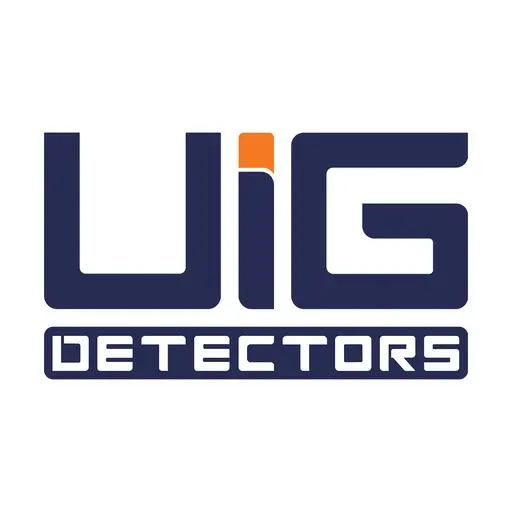
Here are some Important posts for you
FAQ
Can I use a metal detector anywhere in Canada?
No, you cannot use a metal detector anywhere in Canada. Metal detecting is often prohibited or restricted on historical and archaeological sites to protect cultural heritage. Many public parks and recreation areas also have rules regarding metal detecting. Always obtain explicit permission from the landowner before using a metal detector on private property, regardless of mineral rights.
What kind of gold can I find with a metal detector in Canada?
The type of gold you can find in Canada will vary depending on the location. Some of the most common types of gold found in Canada include:
Placer gold: Formed by the weathering and erosion of gold-bearing rocks. Often found as nuggets, flakes, dust, or fine particles.
Lode gold: Found within rock formations, often associated with quartz veins or other mineral deposits. Can occur as veins, nuggets, or disseminated within the rock.
Alluvial gold: A type of placer gold found in alluvial deposits, which are sediments transported and deposited by water. Similar to placer gold, often found as nuggets, flakes, or dust.
What are the best places to go metal detecting for gold in Canada?
Some of the top spots for gold prospecting in Canada include:
Yukon Territory: Klondike Gold Rush National Historical Park, Dawson City
British Columbia: Cariboo Goldfields, Fraser River
Ontario: Northern Ontario (around Red Lake and Timmins), Rainy River District
Quebec: Abitibi-Témiscamingue Region

